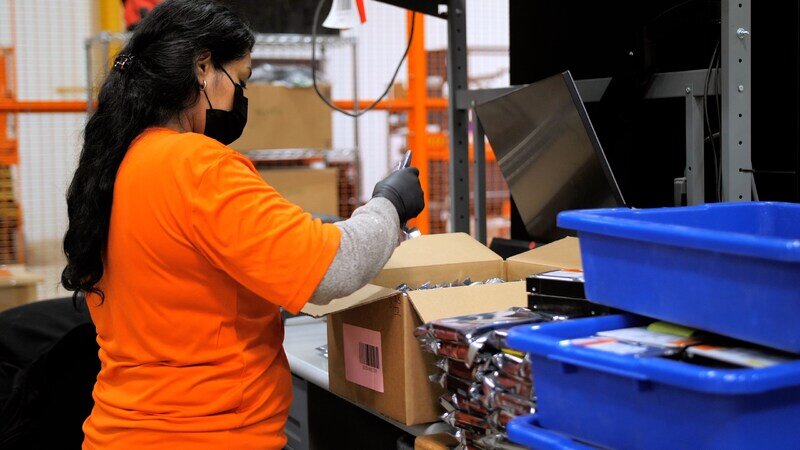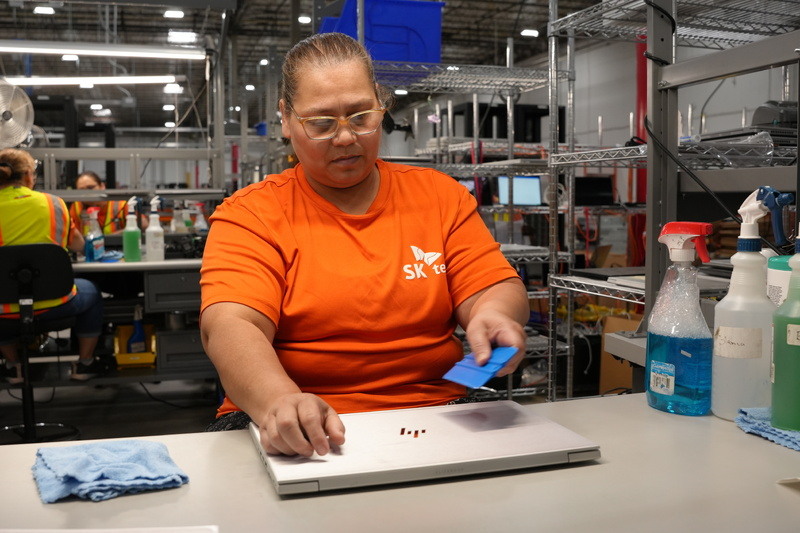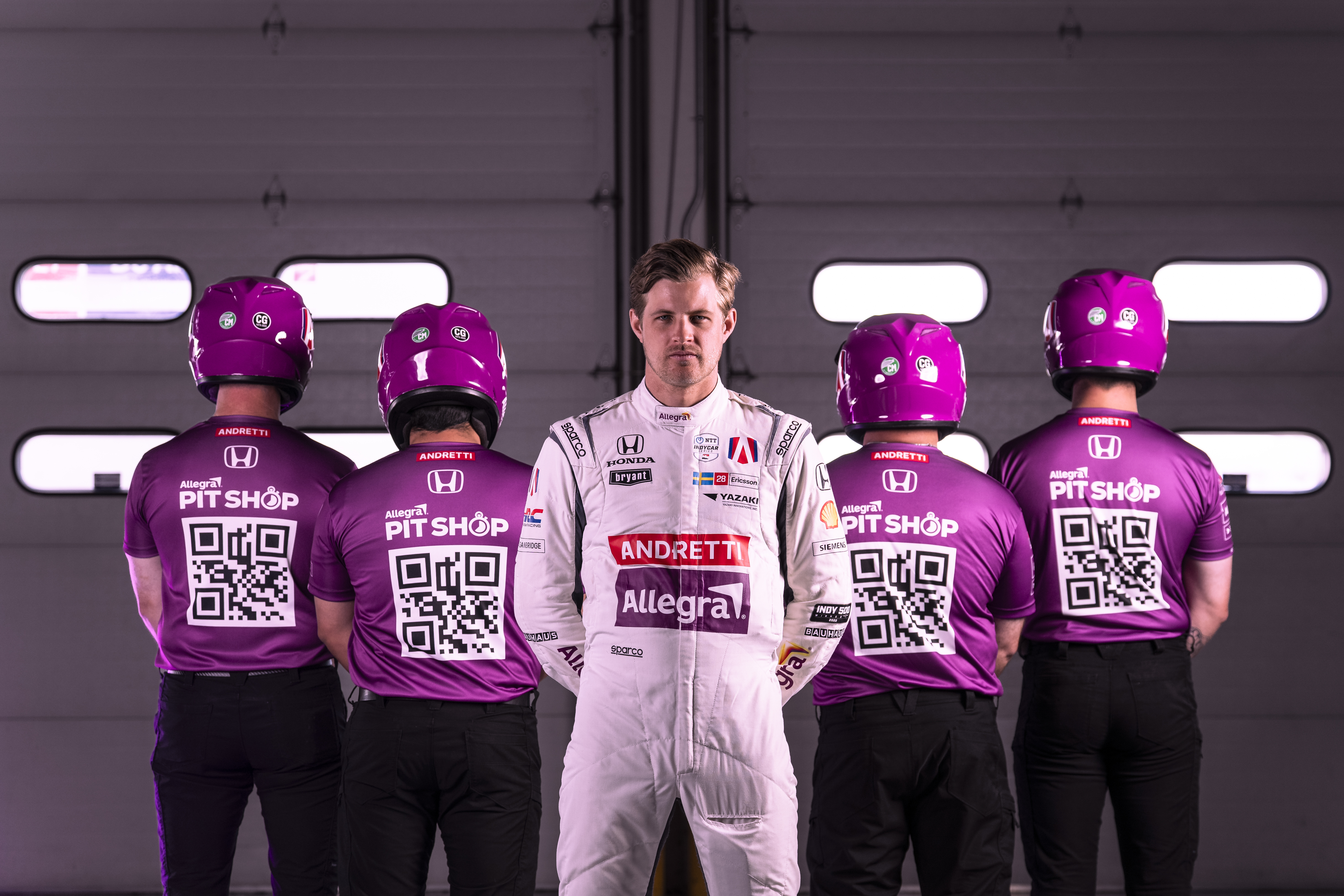Since Claude 4 Opus things have been refreshingly quiet. Video break!
First up we have Prompt Theory, made with Veo 3, which I am considering the first legitimately good AI-generated video I’ve seen. It perfectly combining form and function. Makes you think.
Here’s a variant, to up the stakes a bit, then here is him doing that again.
What does it say about the medium, or about us, that these are the first legit videos?
This was the second clearly good product. Once again, we see a new form of storytelling emerging, a way to make the most of a series of clips that last a maximum of eight seconds each. The script and execution are fantastic.
I predict that will be the key for making AI videos at the current tech level. You have to have a great script and embrace the style of storytelling that AI can do well. It will be like the new TikTok, except with a higher barrier to entry. At this level, it is fantastic for creatives and creators.
Or you can do this (thread has a bunch more):
Tetraspace: finally we made the most beautiful woman in the world saying I love you from the famous QC short story Don’t Do That.
Sound is a game changer, and within an eight second clip I think we’re definitely ‘there’ with Veo 3 except for having more fine control and editing tools. What we don’t see yet is anyone extending the eight second clips into sixteen second clips (and then more by induction), but it feels like we’re only a few months away from that being viable and then the sky’s the limit.
Is Veo 3 too expensive for ‘personal fun’ uses?
Near Cyan: veo3 is far too pricey to use just for personal fun all the time, so the primary high-volume use case will be for bulk youtube shorts monetization. this is the first time (i think?) an sota genai model provider also owns the resulting distribution of much of what users will make.
For now, basically yes, once you run through your free credits. It’s $21 marginal cost per minute of silent video or $45 with sound, and any given generation might not be what you want. That’s not casual use territory. If you can produce a good two-hour movie for $10k (let’s say you get to use about half the footage?) then that’s obviously great, but yeah you gotta be going for real distribution here.
I predict that sometime soon, someone will make a good Veo 3 rules video, about the existential situation of the actors involved being AI, where the twist is that the video was made by human actors. I also predict that the cost of making this video will be, shall we say, not small in relative terms.
Hasan Can: $0.17 per image for OpenAI’s GPT Image 1 model is insanely expensive. How are developers supposed to use this at scale without going broke? OpenAI seriously needs to cut costs and optimize this model. In its current form, it’s just not viable for indie developers.
Rijn Hartman: INSANELY expensive – I tried building on it and while testing alone is costed $15. Not worth.
Insanely expensive? My lord is this ‘everything is amazing and nobody’s happy.’ You’re getting a complete artistic image for $0.17. Can you imagine you can commission art to your specifications for $0.17? Hot damn. Compare that to the previous options for an indie (game) developer. I get that you might want to use a different option now that’s cheaper, or that you might want to disable your users from using it if you can’t charge. And of course who is to say the images are any good. But we have a huge bug in our understanding of value.
Seb Krier predicts that as AI offers a low cost alternative way to create content, we will see a further bifurcation into high culture versus low culture, between art made to scale in the market and make big bucks, and art made for self-satisfaction and novelty-driven reasons, and both will improve in quality. I’d add we also should see a third category of highly personalized content that can’t scale at all, which seems distinct in many ways from artisan production, and also a split between ‘embrace AI’ versus ‘make a point of in many or all ways avoiding AI.’
Seb thinks all this is good, actually. I think it could be, but I’m highly unsure.
We should beware the further shattering of the cultural commons, for many reasons, and also a lack of sufficient incentives to drive creatives, even if their costs are down. And a lot of this will depend on our ability to use AI or rely on others to do selection. That seems like a highly solvable problem, and we’ve made great strides in solving it for some areas but we still struggle a lot, especially with the inability to make the selection mechanism be maximizing user experience rather than work for a platform.
Another big issue Gwern raises is that ‘bad money crowds out good’ is totally a thing.
Gwen: The higher-order effects here are going to be a problem. You could run the same argument about LLMs: “if you don’t like ChatGPTese creative writing, you don’t have to read it; therefore, everyone is strictly better off for it.”
In the current landscape, does that seem true?
(You might defend it on net, but there are obviously lots of places where things have gotten worse, and there are compounding effects: what is the long run effect on creative writing of all the young people learning to write like ChatGPT, rather than themselves?)
I think we are definitely better off at least for now on both video and text, but yeah there isn’t going to be any getting around it, especially for people who scroll TikTok or Instagram, unless we get good widely distributed AI filtering.
Seb Krier: Yes I don’t think it will be without cost for sure. I think we’re still in the early days and I imagine we’ll come up with more tools, UIs, customisation options, finetuned models, ways of teaching writing, and other tricks that could help incentivise diversity. Some degree of homogenisation is likely but I’m not sure it’s permanent or the only way things go.
Even today I’m finding it boring and bland when I read ChatGPTese and it turns me off from the rest of the text (sometimes). I assume many will feel that way and that might incentivise different styles, particularly in domains where individuality matters.
But it’s true that you might get a lot of slop music and slop art; for those who don’t want it I assume we’ll also get better at developing curation tools and communities. Today even if one doesn’t like Spotify recs, there are so many ways of accessing more interesting music!
Yes, this is true, you can work around Spotify recs being bad, but in practice it is so so much better if the recs that are natural and easy to access are good. Netflix illustrates this even more clearly, yes you can in theory do a search for anything you want, but who will do that? How they organize your list and recommendations determines (I think?) most of what most people watch.
Until Veo 3, nothing anyone made with AI video was interesting to me as more than a curiosity. Now, we have a few good meta things. Soon, it’s going beyond that.
Also, in sort of related news, here’s a funny thing that happened this week:
Anthropic’s Long Term Benefits Trust appoints Reed Hastings, chairman and cofounder of Netflix, to Anthropic’s board. That’s certainly a heavy hitter, he clearly does worry about AI and has written a $50 million check to prove it. The only worry is that his concerns could be too focused on the mundane.
Also I’d love to see a Netflix-Anthropic partnership, Claude giving me my Netflix recommendations and having full access to their catalogue with subscription when?


























